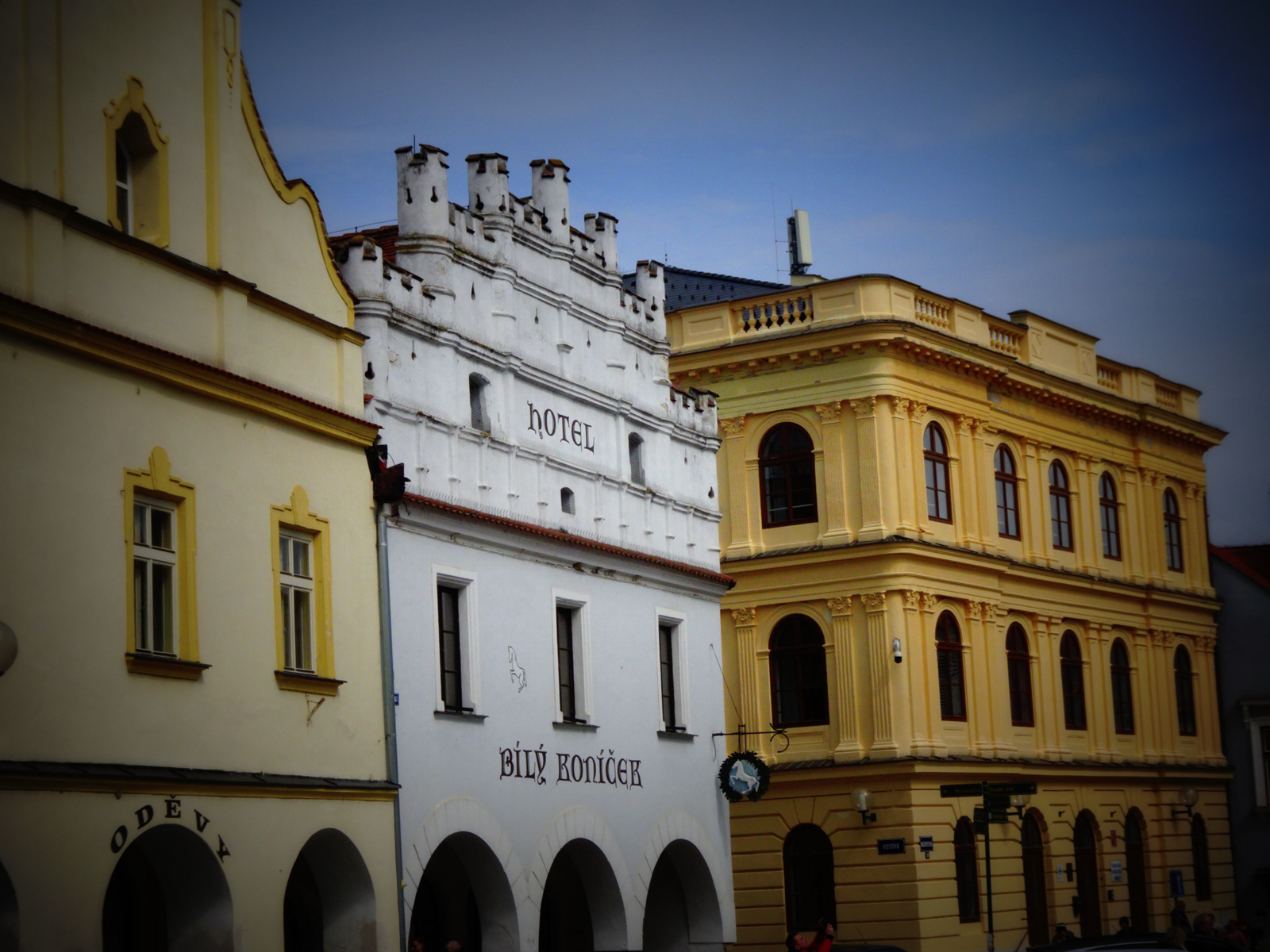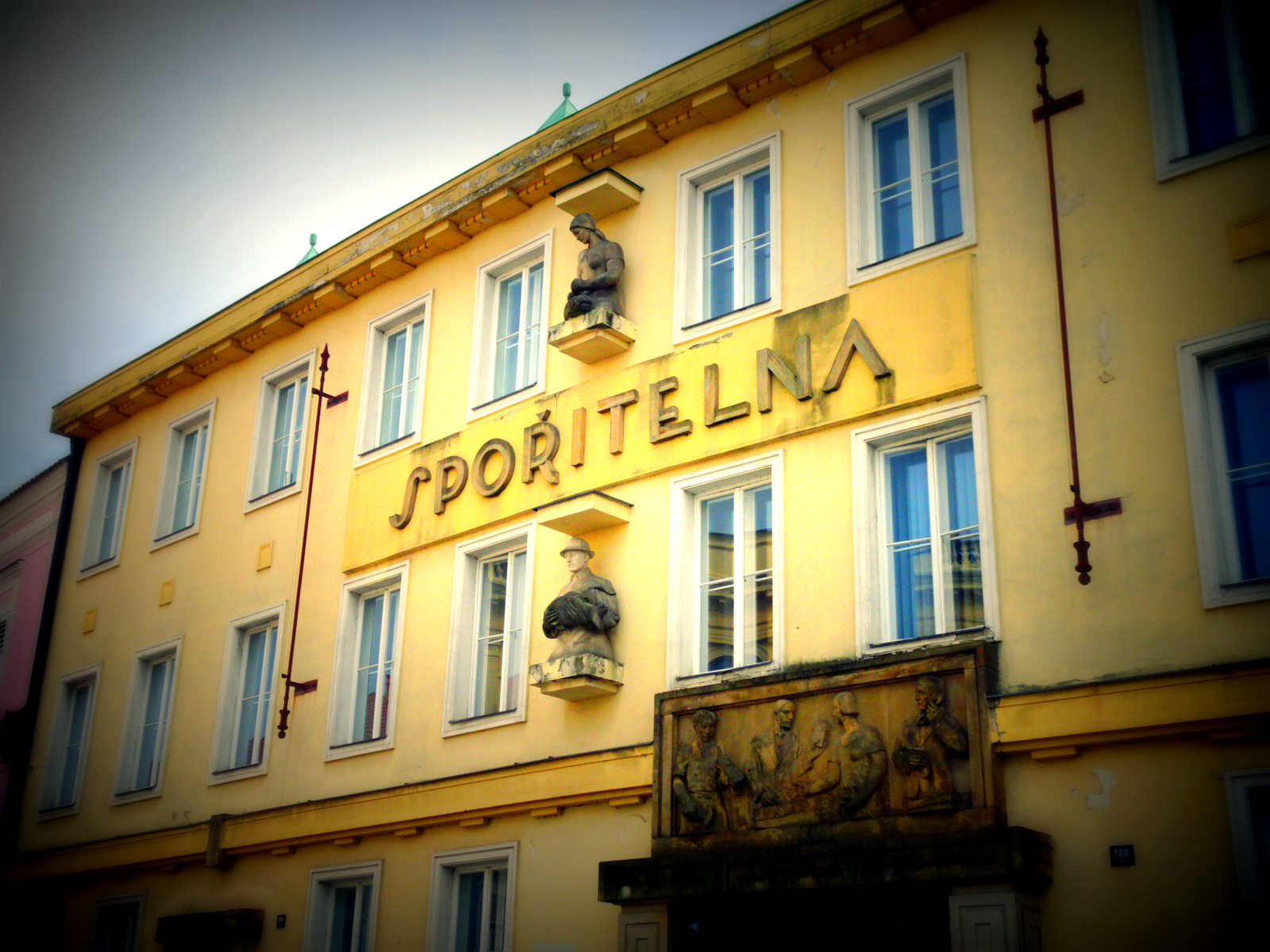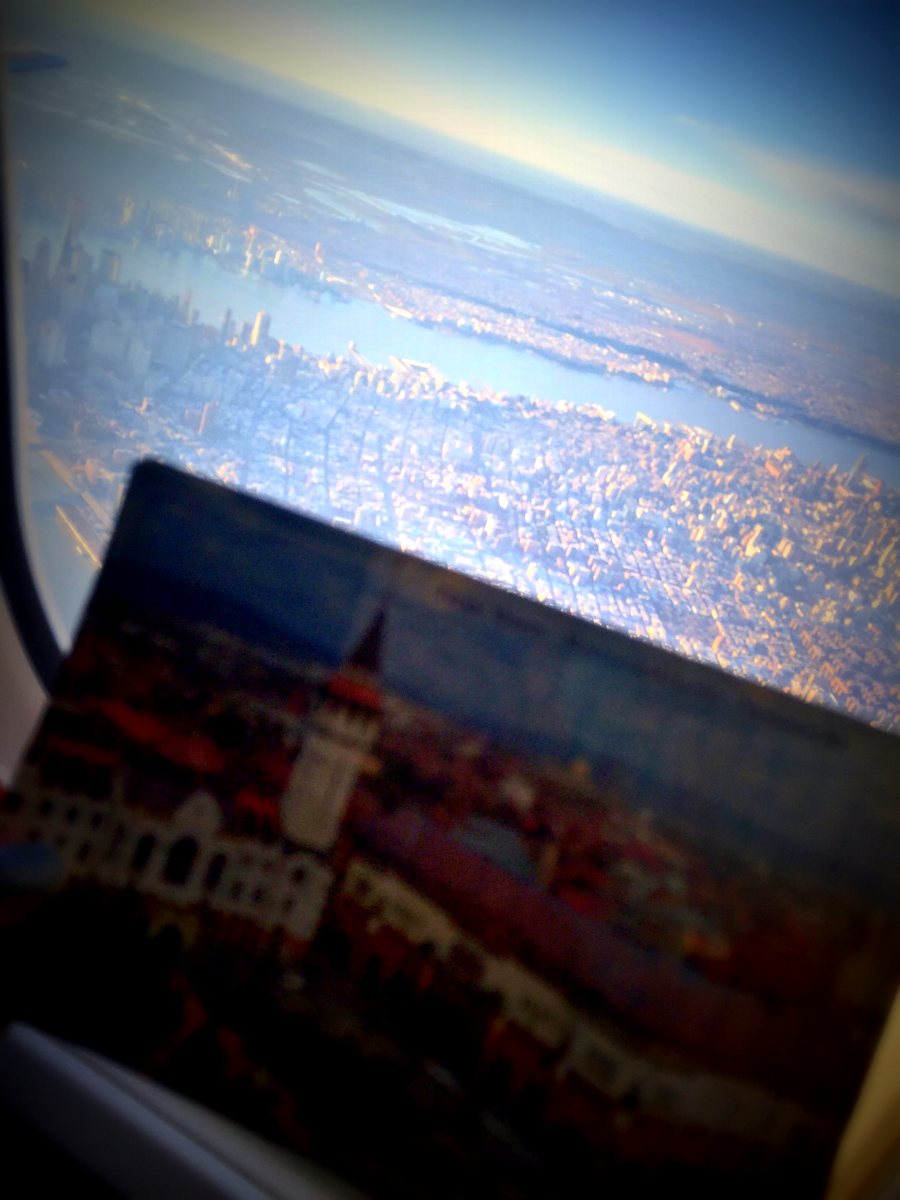For the project “Journey to the Center of Europe”, I am going to visit all the places that have ever laid claim to being the geographical center of Europe or the European Union. And write about them.
I am sure you remember when I launched this series with a daring journey to Ukraine, across rickety wooden bridges and battlefronts, where, amid rocket fire and the thunder of artillery, I sought out this 1887 menhir that supposedly marks the center of Europe.

The inscription – Locus Perennis Dilicentissime cum libella librationis quae est in Austria et Hungaria confecta cum mensura gradum meridionalium et parallelorum quam Europeum – was as mysterious as Arne Saknussemm’s runic writing, which once showed Professor Lidenbrock and his nephew Axel the way to the center of the Earth. Many readers, vaguely remembering little bits of Latin from grammar school, have already given up in despair.
Today – 620 km to the west – we will finally solve the riddle.
Thanks to the comment of a reader, who couldn’t be bothered with easy languages like Latin, but learned Czech right away, I had to realize that my list of central points was incomplete and that there are as many midpoints of Europe on the soil of the Czech Republic as in the rest of Europe combined. One could almost get the impression that the Czechs don’t take my project quite seriously, torpedoing it intentionally with arbitrarily placed points.
I, on the other hand, always take everything far too seriously, which is why one early Easter morning I take the bus from Budějovice/Budweis to Lišov. It is much too early and too cold, or the village is simply too small. Either way, there is nothing going on here. Just a few early risers walking their dogs and frowning suspiciously at the dogless vagrant.
If you live in a similar village, you must know this from the local newspaper. They run reports like: “On Sunday morning, an unknown person was observed on Huntington Drive in Bragg Creek, looking at the houses. The police is asking the population to be extremely vigilant.” People have become so screen-fixated that they find it suspicious when someone is walking around with open eyes, admiring the local woodcarving.


But actually, I’m looking for something else.
A hiking map.
A waymarker.
An information board.
But nothing. I wander around until I find this signpost on a garden fence.

“Středem louky k lesu”: Walk across the meadow and you’ll get to the forest.
Well, what a surprise! I don’t think you would find any meadow in Central Europe, at the other side of which there ain’t no forest. A completely superfluous hint, like carrying wood into the forest, as they say in Czech. Which probably makes more sense than our coals-to-Newcastle saying, because who is aware of the current fossile fuel situation on the river Tyne? I don’t even think they mention that in the Financial Times anymore, because they have all gone bitcoin and bonkers there.
But as I don’t find any other clue, I decide to follow the ominous sign. Across meadows that look like swamps after the incessant rain. Over a secret pipeline project, which is strictly off-limits, but which is not manned with guards, thanks to the Easter holidays. And finally into the promised forest, past suspiciously gloomy witches’ cottages, straight from Hänsel and Gretel. (Please stop robbing that poor boy of his Umlaut!)



Deeper and deeper, I am getting lost in the forest, until suddenly a clearing opens up. It lies a little lower and is perfectly flat, like a pond. It is surrounded by small rocks that look as if the clearing is the result of blasting. Tall trees shield it against prying eyes.
And in the middle of the clearing, there it is, prominently: a menhir, a stele, a monument, an altar.
Three deer are grazing in the meadow, enjoying the lush grass along with the first tender rays of the sun. But as soon as they hear me, they jump into the bushes. (On the first photo you can still see the three white bottoms to the right of the stele.) They don’t seem to be used to visitors. Or only visitors who want to shoot them.




And, even if it has a different color, the connoisseur immediately spots the similarity with the construction in Carpatho-Ukraine. As the decoding of the year MDCCCLXXXIX shows, this monument also dates from the Habsburg period, namely from 1889, making it two years younger than the same marker in Kruhlyj.
Why should the geographical center of Europe have shifted by more than 600 km within two years? No idea. In 1887, France did something in Indochina. In 1888, German colonialism did a bit of fiddling around in Zanzibar and Nauru. (Also in 1888, slavery was abolished in Brazil, but that had more relevance for the geographic center of Brazil.) In 1889, German mountaineers claimed Mount Kilimanjaro as the highest mountain in the German Empire, but the story about the highest mountains of all European countries is a different one.
Fortunately, the inscription on this stele is much better preserved (or repaired) than on the stone placed in the Carpathians.



And so, at last, the mystery is solved. The inscription is identical, but on the stele in Ukraine the last two words are missing: “vocant erectum”. No wonder linguists, historians and geographers have been puzzling and arguing for generations!
The text
Locus perennis diligentisimae cum libella librationis quae est in Austria et Hungaria confecta cum mensura graduum meridionalium et parallelorum quam Europeam vocant erectum.
means something like
This is a permanent location, recorded for eternity for the purpose of leveling, determined during the measurement of European latitudes and longitudes, which was carried out in Austria-Hungary.
There is nothing at all about the center of Europe. It is simply a point for land surveying.
One again, a myth is busted, and a local tourism authority is severely disappointed. That’s why, unlike other travel bloggers, I never get invitations to Caribbean cruises or for the new hiking trail in Bhutan. And now you know why you never read anything critical elsewhere, and why everything is always nice and sunny and wonderful on the travel pages in the newspaper.
And thus, instead of on a sunny island, I find myself standing in a clearing in the woods, wondering what to do with the rest of the day. For such situations, I have a standard solution: I walk to the next road, put my thumb out, and see who will give me a ride.
The “locus perennis” is not far from the E 49, which runs from Magdeburg (in Germany) to Vienna (in Austria), crossing the Czech Republic. The road runs in a straight line for a few kilometers, so it’s easy to see how cars are veering and zigzagging to the left and to the right. Normally, this indicates acute cell phone use, but the cars here all come from Budějovice/Budweis, so it may be the beer. Mobiles and malt, both have murdered millions of motorists. (Maybe fewer, but hey, it’s an alliteration.)
After only 10 minutes, a driver stops. He was just eating his breakfast at about 100 km/h and has to clear the passenger seat of bread, sausage, cheese, a jar of cucumbers, eggs, a salt shaker, mustard and cutlery. This guy is having a better breakfast in his car than I eat at home. The foodie doesn’t even ask where I want to go. Instead, his first question is how long I have been waiting.
“No more than ten minutes,” I say, which I don’t deem too bad. But he is visibly disappointed.
“It’s Easter!” the chauffeur gets angry. “People are driving to church, but leave others standing by the side of the road.”
And then the Czech man, who fortunately speaks a whole array of foreign languages, including German, explains why he, too, wasn’t driving in quite a straight line: “I’ve only slept two hours. And I’ve been doing that for a week. Two hours every night, and then back to work.”
He keeps a rather atypical flextime account, working seven months in a row, and then five months off. His season has just begun. During the spring and summer months, he drives through the Czech Republic and Slovakia, through Germany and Austria, and into Hungary and Italy, collecting pollen.
“I drive up to 1000 km in a day,” he says, and it sounds much more exhausted than proud.
He collects the pollen for a pharmaceutical company. They in turn use it to produce medicine for those who suffer from allergies. He watches the weather forecast and especially the pollen calendar, and then drives toward the sun and away from the rain. Crisscrossing the whole continent, a bit like my search for the geographical center of Europe.
He has probably seen more of these midpoints, or at least driven past them, than I have. And he would have no problem deciphering the Latin inscriptions either, because when we drive past trees, he always refers to them by their Latin names: Betula pendula. Fraxinus excelsior. Salix caprea. He spies these trees from hundreds of feet away, like other people spot a fast-food joint.
So, if you are on antihistamines, think of this poor man climbing trees all over Europe for your medicine.
By the way, I myself no longer have any problems with allergies, ever since an Inca medicine man in South America let me in on a secret: “Against the birch tree’s pollen yoke, the only cure is tobacco smoke.”

The pollen collector prefers wild trees or trees in public parks. But if he sees a magnificent specimen in someone’s garden, he rings the bell and asks for permission to harvest the pollen. If people hesitate, he offers chocolate. If they still hesitate, he offers Czech beer. And in very stubborn cases and for extremely fertile trees, he offers money.
What baffles me the most: Even then, some people refuse.
The next town is Třeboň, where the birch trees stand between the prefabricated buildings at the entrance of the town. Sort of public, that’s perfect. He asks if he shall take me to some castle or something. Very kind! But I think of the pollen and the two hours of sleep and thank him very much.
A few minutes later, I’m already sitting in the park and realize that the blue flowers on the ground fascinate me much more than the fine dust high up in the branches. What can I do, I am such a romantic guy.

Because I didn’t know that I would end up in Třeboň that day, I am wandering around a bit aimlessly.
Thereby, I probably overlook a lot, but at least I find confirmation that the Czech Republic – along with Italy and Portugal – is one of those countries where you can actually go to any small town. No matter where you go, it’s picturesque and pretty.














Honestly, I don’t know why all tourists flock to Prague and to Český Krumlov. The latter is pretty, of course, I happened to stop by on this trip as well.

But I don’t understand the people who fly to Prague and then drive 200 km to Krumlov, leaving all the other cities to the left and right. That’s like the tourists who land in Frankfurt and drive straight to Neuschwanstein, past at least 250 other castles that they don’t even look at. Besides, such places need the additional tourism as little as Newcastle needs another barge of coal.
For the return trip from Třeboň to Budějovice/Budweis I take the train. The direct route would be about 25 km, going west, but the train first goes to České Velenice in the southeast, all the way to the border with Austria, where I have to change to another train back west. The detour of about 80 km is necessary because even 100 years after the end of the Habsburg Empire, all railroad lines start from Vienna and extend from there in all directions. – Which could settle the question of where the center of Europe is, I guess.

Despite this indisputable argument for Vienna, I will continue the search for the center of Europe. Until the end of May, I’m still cat-sitting in Markkleeberg (near Leipzig in Germany), but after that comes the summer, perfect for hitchhiking, so there’s nothing standing in the way of exploring all these abstruse points.
Have a look at the map and the list of all the places to be visited. If you live near one of these points, I would be happy to meet you! And the esteemed supporters of this blog will receive a postcard.

Do you want a posctard?
Actually, you would be surprised how hard it has become to find postcards in some places. But for you, dear reader, I’ll walk the extra miles!
€10.00
Links:
- The project “Journey to the Center of Europe”.
- More reports from the Czech Republic.
Another fascinating article & photos!
Jackie
Thank you!
Too bad that the UK has never claimed any such point. :-(
Everyone knows London is not only the Center of Europe (despite the stupidity of Brexit) but of the universe. I expect you here shortly!
x
A grand little adventure. I like the Newcastle references, ‘ the toon’ as it’s known is my home town.
Oh, I have actually been to Newcastle once!
It was from where I set off to walk the Hadrian’s Wall Path, something I would very much like to do again, because back then, I really rushed the walk, hardly took any notes and mostly terrible photos.
I only had a long 5-day weekend and I mainly did it for the adventure and the sporting challenge, so I didn’t even go into any of the Roman museums. :-(
Today, I would approach it in a much more relaxed and prepared way. And with way less stuff in my backpack.
In German, we say “carrying owls to Athens” instead of “carrying coals to Newcastle”, which I find highly confusing.
After all, who is aware of the current owl situation in Greece?
I enjoyed your humour and the truth in it, Andreas!
Have you also visited Slovakia, it’s another jewel, according to me!
Oh yes, I have been to the geographic center near Kremnica:
So far, definitely the most beautiful of these spots!
I know that in one of my train travels in Germany I missed a city I would like to see Heidelberg for real, I only went past it and I didn’t realise it was on the way, next time I hope!
You are right it’s really hard now to find post cards these days in some schools they created a post card club so children can have the experience show and read to one another what they got.
The niece of friends in Canada once participated in such a school project.
Because I mobilized all my friends from around the world, she managed to get the most exotic postcards and won hands down.